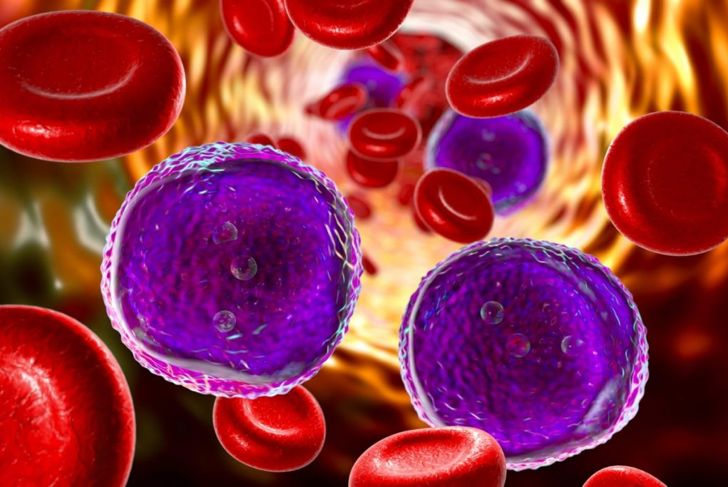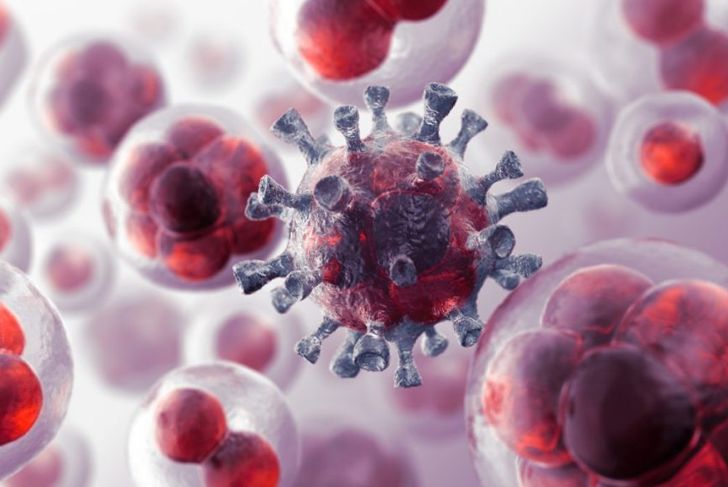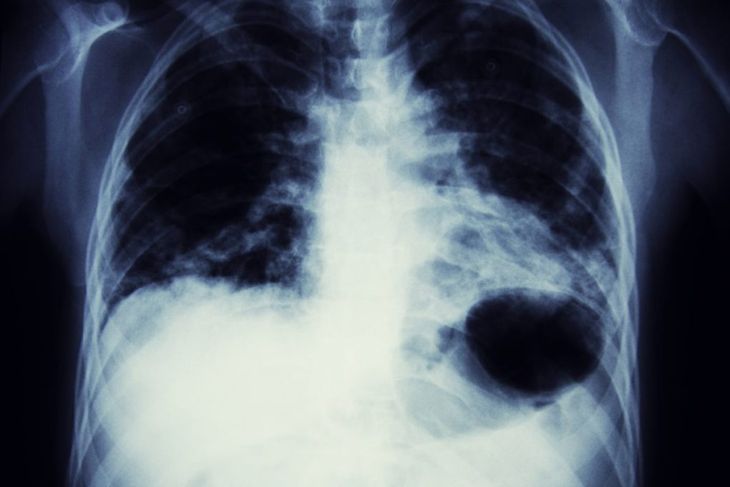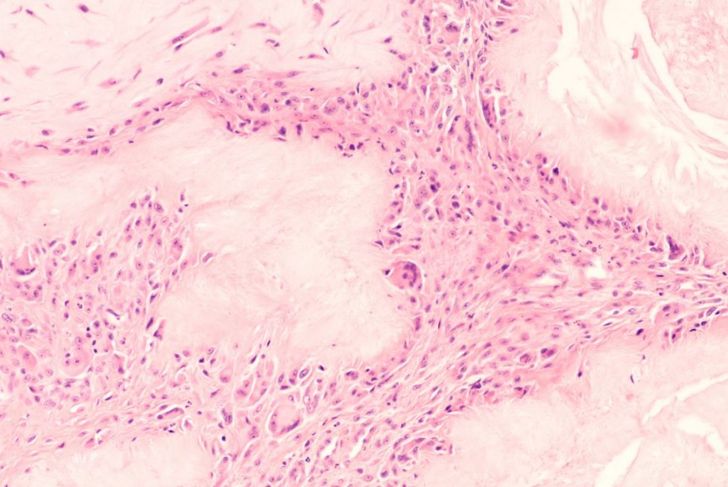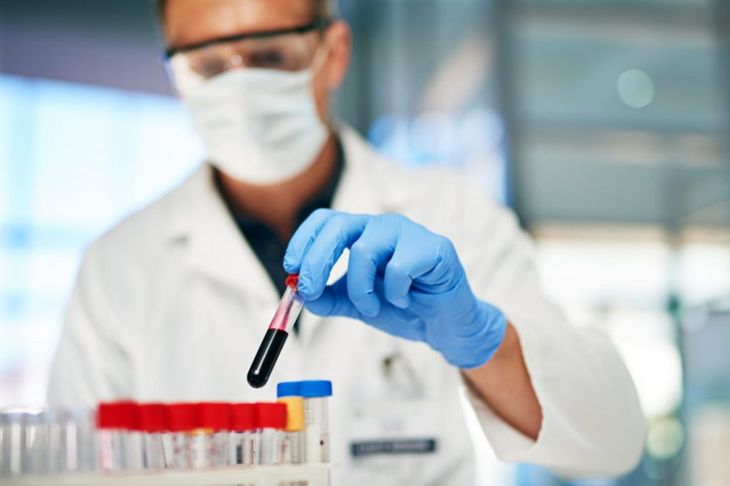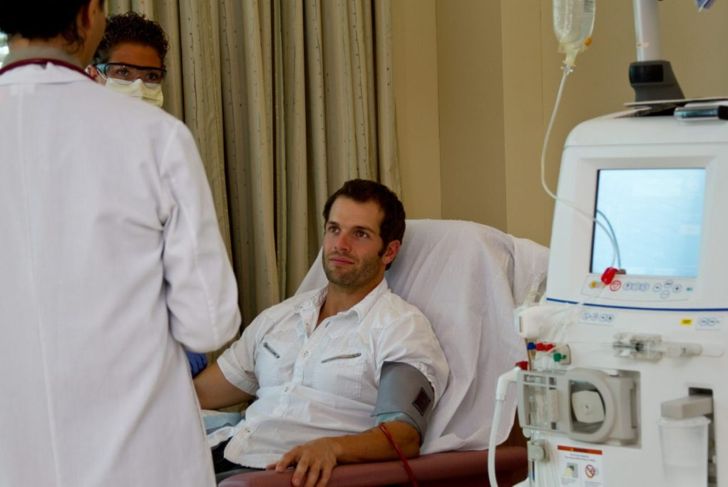Some people with cancer develop a condition that causes cancer cells to break down and die very quickly. A large number of cancer cells dying within a short period triggers an increase of certain chemicals. Normally, the kidneys can remove these chemicals as waste, but when the process occurs too rapidly, the kidneys cannot keep up, and tumor lysis syndrome or TLS develops. Doctors consider this condition an oncology emergency because rapid changes affect organ function throughout the body.
Who Is at Risk of Developing TLS?
In most cases, tumor lysis syndrome develops about a week after chemotherapy treatments begin, though it may occur spontaneously in people with cancer who have a large number of cancer cells, faster-growing cancer, or a large cancerous mass. TLS also has been diagnosed in people receiving steroidal, radiation therapy, hormonal therapy, and targeted therapy treatments. Research suggests people with acute or high-grade lymphoma have a higher risk of developing TLS. Dehydration and existing kidney issues increase the risk.
How TLS Develops and Harms the Body
Cancers of the blood, such as acute leukemia and non-Hodgkin lymphoma, are fast-growing and aggressive, but they are highly sensitive to chemotherapy drugs, which can destroy the leukemia cells quickly. These potent treatments also disrupt the ability of the cells to grow and divide; instead, tumor cells rapidly break down in massive numbers, releasing high levels of uric acid, potassium, and phosphorus. This huge chemical release overloads the kidneys and prevents them from filtering out and disposing of the excess waste. TLS also affects the heart, gastrointestinal tract, brain, and muscles.
Spontaneous TLS
Individuals with solid tumors are at low-risk of developing tumor lysis syndrome, but research shows spontaneous TLS occurs more often in people diagnosed with gastric, lung, or breast cancer. It’s occurrence in people with liver cancer is rarer. The symptoms of the spontaneous condition may even be evident before doctors diagnose a malignant disease. Oncologists say dramatic electrolyte imbalances and kidney impairment often alert them to the condition.
Symptoms of TLS
The symptoms of TLS are often subtle in the beginning. People typically experience nausea, which may or may not include vomiting. They might complain of overall fatigue and a lack of appetite, and become noticeably restless and increasingly irritable. Muscle twitches, spasms, and cramps can also occur, and some also report numbness or tingling. Pain may develop in the flank area, which includes the upper abdomen, back, and sides. Others experience confusion, seizures, or hallucinations. Kidney issues lead to dark urine or reduced output. A fast-beating, fluttering or pounding of the heart, or heart palpitations, are also common. As the levels of chemicals increase in the bloodstream, the symptoms will continue to grow worse unless treated.
Conditions That Result From TLS
Because TLS affects so many systems in the body, a variety of metabolic and hormonal issues may result:
Hyperkalemia or higher-than-normal potassium levels
Hyperphosphatemia, is an electrolyte disorder that indicates an elevated phosphate level
Hyperuricemia, an excess of uric acid, which can be symptomatic of kidney and heart disease
Hypocalcemia, is a deficiency of calcium in the bloodstream that may be caused by elevated phosphate levels
Acidosis, is an excess of acid in the blood
How Doctors Diagnose TLS
A variety of diagnostic tests help identify TLS or specific issues that could lead to the condition. Medical professionals generally perform a complete blood count or CBC, which examines not only the number but also the features of red blood cells, white blood cells, and platelets. A urinalysis is a group of tests that measure the electrolyte, sugar, protein, blood, cells, and bacteria levels in urine. Blood chemistry and uric acid tests allow the physician to determine chemical levels and identify abnormalities.
Prevention of TLS
Once the medical team confirms a cancer diagnosis, they will determine whether the patient is at risk for TLS. High-risk individuals are placed on a treatment plan focused on preventing this complication. The doctor may prescribe IV fluids 24 to 48 hours before chemotherapy or other anti-cancer therapy begins. This not only keeps the body hydrated, but it also helps the kidneys flush out toxins. During this time, the medical staff also monitors the patient’s urine output. If tests reveal high uric acid levels, the physician will likely prescribe medication to address the issue. Regular bloodwork will continue to ensure proper electrolyte levels.
Treatment of TLS
Despite treatments geared toward preventing TLS, it may still develop and, if it does, it is considered a medical emergency. Ongoing diagnostic evaluation is crucial to address the many issues stemming from TLS that could lead to serious health implications. IV fluids, medications that reduce uric acid levels, and often, continued observation in the intensive care unit is required for people with the condition. Without treatment, the kidneys and other organs can fail, and the individual could die.
Hemodialysis and TLS
Reduced kidney function or estimated glomerular filtration leads to elevated phosphorus and uric acid levels. One 1998 study indicates that 68% of 1200 subjects with non-Hodgkin’s lymphoma had pre-existing kidney dysfunction that placed them at greater risk of serious medical repercussions. To control higher potassium, phosphate, and uric acid levels, the physician may prescribe hemodialysis, a process that cleans the blood and removes extra fluid, such as urine, when the kidneys are not adequately performing these functions.
Diet Concerns
Some doctors prescribe a low-potassium, low-phosphate diet to patients at risk for TLS. If phosphate levels are high, the physician may also prescribe phosphate binders that, when taken at meals, prevent the body from absorbing phosphorus. For those with high uric acid levels, doctors sometimes recommend a low-purine diet. Purines are natural substances found in wild game, fish, organ meats, fatty foods, yeast, gravies, and liquor. However, there is little documented information about the effectiveness of diet in controlling uric acid levels.

 Home
Home Health
Health Diet & Nutrition
Diet & Nutrition Living Well
Living Well More
More